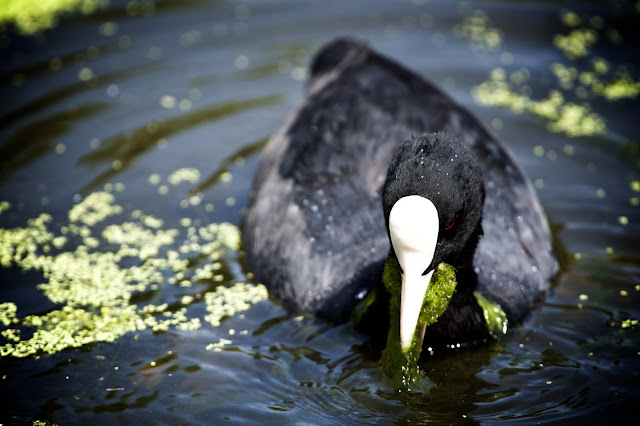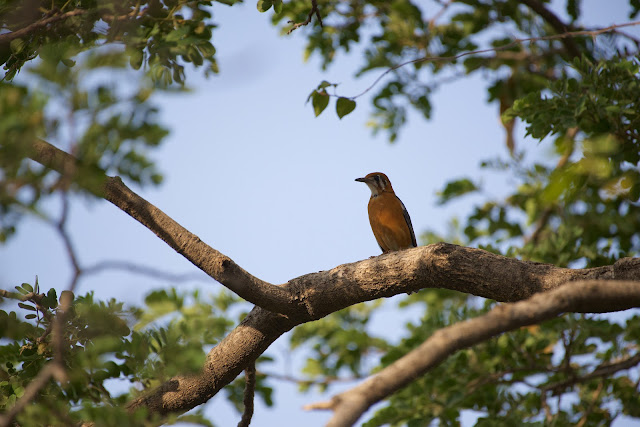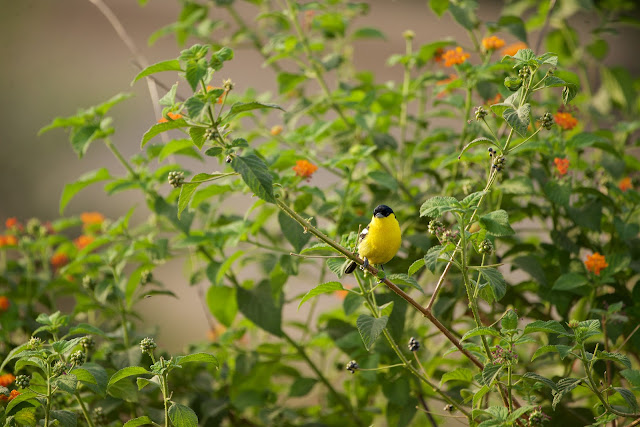Birds And More 008 - Plain Tiger Butterfly बाघ तितली, तमतो (Danaus chrysippus)
.jpg)
Plain Tiger Butterfly बाघ तितली, तमतो (Danaus chrysippus) is butterfly next door throughout India. It is one of the most recognised butterflies in the gardens, parks and bushes all over. Bright orange colours with black and white spots mainly on the wings edges make is easily recognisable. It is also called Milkweed Butterfly beacuse of choice of food for it's lavae - Millkweed (आक , दूध-वाला पौधा, दूधिया खरपतवार). The choice of their diet, primarily Milkweed ( cardenolides) , they store and develop toxins. Making both larvae and butterfly undesirable prey. Hence it makes them one of the commonest butterflies in India. Hindi names of Plain Tiger Butterfly (Danaus chrysippus) बाघ तितली, तमतो -- Ashutosh Jhureley @BirdsAroundMe Plain Tiger (Danaus chrysippus) Jabalpur, India July 2022 Plain Tiger (Danaus chrysippus) Jabalpur, India July 2022 Plain Tiger (Danaus chrysippus) Jabalpur, India July 2022 Tags: Plain Tiger Butterfly, बाघ तितली, तमतो, Danaus chrysippus, Butterfly, Butte
.jpg)

.jpg)
.jpg)
.jpg)


